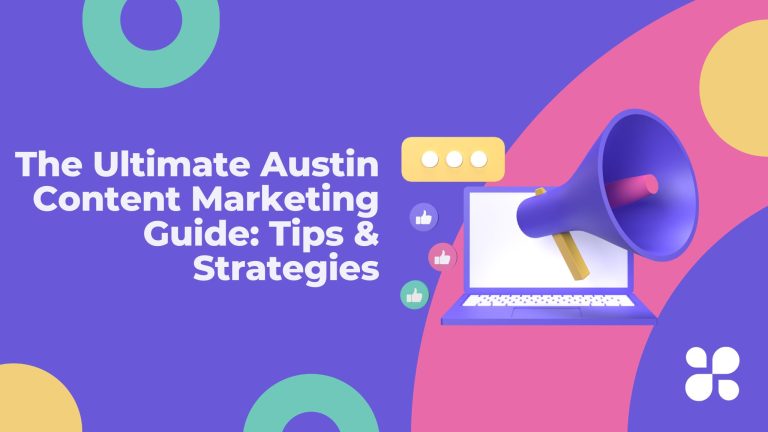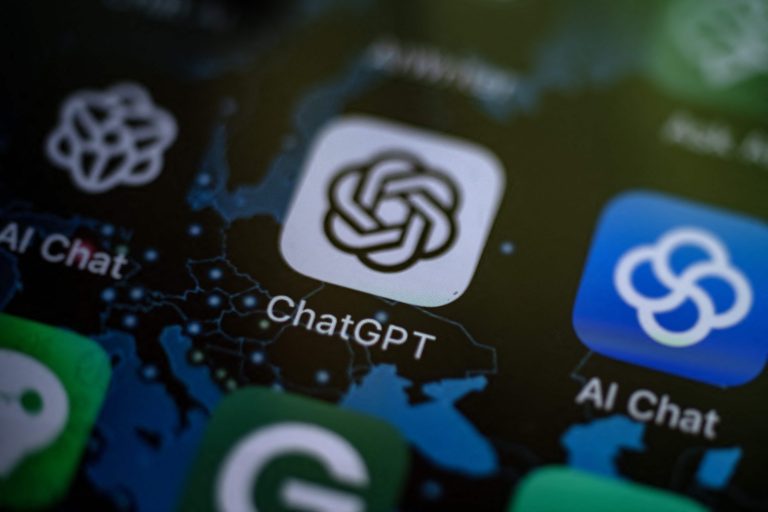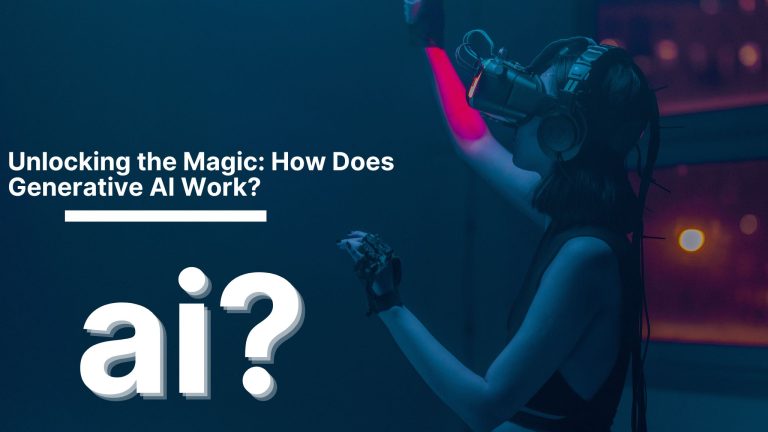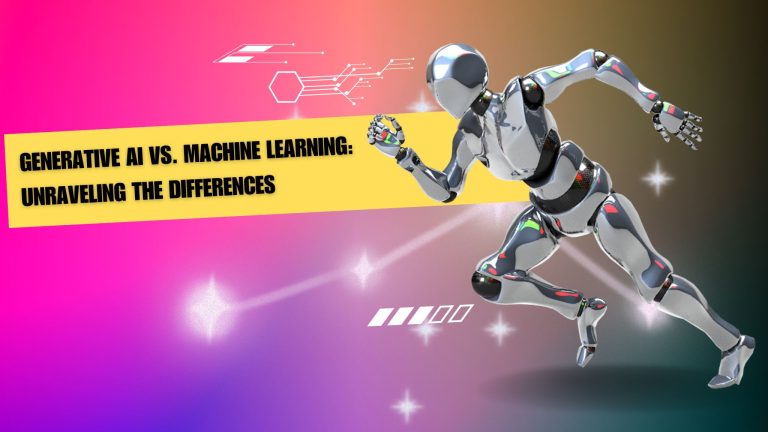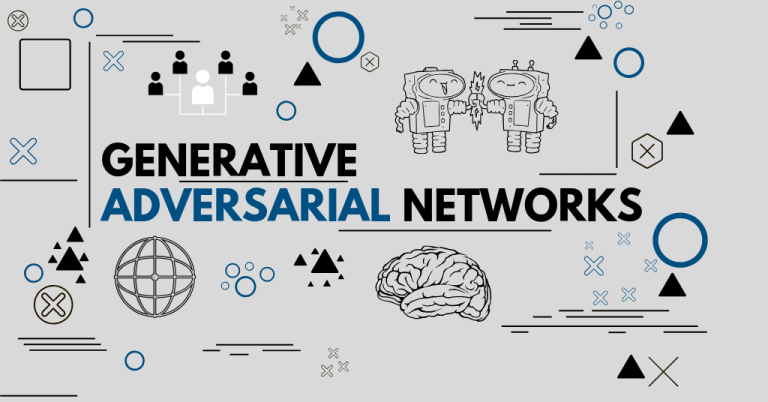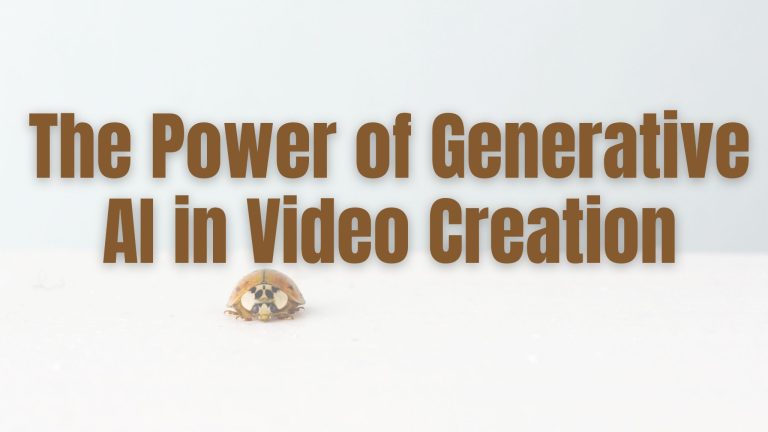Exploring the World of Generative AI: Unleashing Creativity
Understanding Generative AI: A Brief Overview
In the ever-evolving landscape of artificial intelligence, one captivating innovation stands out for its ability to inspire, amaze, and push the boundaries of creativity – Generative AI. At its core, Generative AI involves training machines to produce content that ranges from art and music to text and beyond. This technological marvel introduces a new dimension to AI capabilities, enabling computers not just to mimic, but to genuinely create.
The Science Behind Generative Models
Generative AI operates on the foundation of generative models, which are algorithms designed to learn the patterns and structures inherent in a given dataset. By comprehending the intricacies of data, these models become capable of generating new, similar data. This process relies heavily on probability distributions and statistical analyses, allowing the AI to produce content that holds a striking resemblance to the training data. As a result, generative models open doors to a myriad of possibilities, from producing realistic images to composing music that tugs at the heartstrings.
Types of Generative Models: GANs, VAEs, and More
Among the various generative models that have emerged, two stand out prominently: Generative Adversarial Networks (GANs) and Variational Autoencoders (VAEs). GANs pit two neural networks against each other – a generator and a discriminator – in a creative duel. The generator fabricates content, while the discriminator evaluates it for authenticity. This iterative process eventually refines the generated content, leading to astonishingly realistic outputs. On the other hand, VAEs work by learning the underlying structure of the training data and then generating new instances by sampling from learned probability distributions. Both these approaches exemplify the power of generative models to emulate and expand upon human creativity.
Applications of Generative AI in Art and Design
Generative AI’s impact on the art world has been revolutionary. Artists and designers are leveraging this technology to produce unique pieces of art that push the boundaries of imagination. From generating intricate patterns to crafting visually stunning landscapes, generative models assist human creators in exploring uncharted artistic territories. This symbiotic relationship between human vision and machine execution is redefining the very concept of artistic expression.
Musical Composition through Generative Adversarial Networks
In the realm of music, Generative Adversarial Networks have orchestrated a symphony of innovation. These networks can learn the nuances of musical compositions and styles, enabling them to compose original pieces that resonate with listeners. The marriage of algorithms and melodies has led to the birth of AI-generated music that spans genres and evokes emotions. While debates about the authenticity of AI-composed music persist, there’s no denying the sheer creativity that emerges from these digital collaborations.
Challenges in Training Reliable Generative Models
However promising Generative AI may be, it’s not without its challenges. Training reliable generative models demands massive computational power and vast datasets. Ensuring that the generated content is coherent, contextually relevant, and free from biases requires meticulous fine-tuning. The infamous “uncanny valley” phenomenon, where AI-generated content falls slightly short of being convincingly human, is also a hurdle that researchers are diligently working to overcome.
Ethical Considerations: AI-Generated Content and Copyright
As AI-generated content becomes more prevalent, a host of ethical considerations come to the forefront. Issues surrounding copyright, ownership, and plagiarism become murkier when machines are involved in the creative process. Determining the rights of AI-generated content and establishing a fair framework for creators and AI systems alike pose complex challenges that society must address.
Future Prospects: Where Generative AI Might Lead Us
The future of Generative AI holds exciting potential. As technology advances, we can anticipate even more sophisticated AI-generated content, seamlessly blending with human-created works. The convergence of AI and human creativity could spark entirely new art forms, redefine industries, and challenge our perceptions of what it means to be creative.
Impact on Industries: From Gaming to Fashion
Generative AI’s influence extends across industries, leaving an indelible mark on fields such as gaming and fashion. In gaming, procedural content generation powered by AI can create vast and immersive virtual worlds that adapt to players’ actions. In fashion, AI-driven design assists in generating unique clothing patterns and styles, transforming the creative process and enabling personalized fashion experiences.
The Collaborative Future: Humans and Generative AI Working Together
Ultimately, Generative AI is not here to replace human creativity but to amplify and augment it. The collaborative potential of humans and AI working together promises breakthroughs that neither could achieve in isolation. As we stand on the cusp of a new era where technology and creativity intertwine, embracing the harmonious partnership between human ingenuity and artificial intelligence is key to unlocking the full spectrum of possibilities that Generative AI offers.
Bottom lines
Generative AI stands as a testament to the boundless capabilities of technology. Its capacity to create art, music, and content that resonates with human emotions transcends mere algorithms, inviting us to rethink what it means to be creative. As we embark on this journey into the heart of Generative AI, we’re not just exploring innovation – we’re delving into the essence of human imagination itself.


